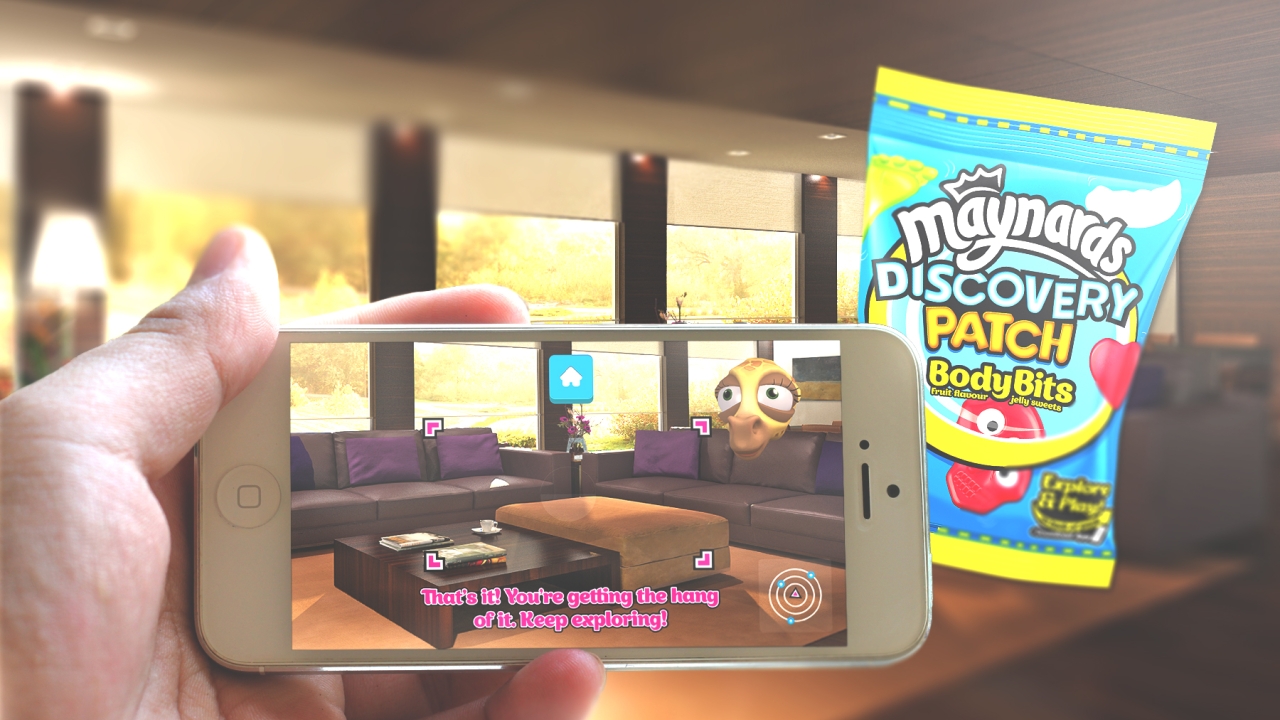Next-gen connectivity could open doors for AR
5G holds the promise of applications with high social and economic value, leading to a ‘hyper-connected society’ in which mobile will play an ever more important role in people’s lives, according to a new analysis report published by GSMA Intelligence.

5G (fifth generation mobile networks or fifth generation wireless systems), also known as Tactile Internet, denotes the next major phase of mobile telecommunications standards beyond the current 4G/IMT-Advanced standards.
GSMA Intelligence’s Understanding 5G: Perspectives on future technological advancements in mobile study states that 5G is being discussed in two ways: in a hyper-connected vision, where mobile operators will create a blend of pre-existing technologies covering 2G, 3G, 4G, WiFi and others to allow higher coverage and availability, and higher network density in terms of cells and devices, with the key differentiator being greater connectivity as an enabler for machine-to-machine services and the Internet of Things; and as next-generation radio access technology, with specific targets for data rates and latency being identified, such that new radio interfaces can be assessed against such criteria.
GSMA Intelligence is a source of mobile operator data, analysis and forecasts, with over 26 million individual data points (updated daily). This provides coverage of the performance of all 1,400-plus mobile operators and 1,200-plus mobile virtual network operators across 4,400-plus networks, 65 groups and 237 countries worldwide.
Understanding 5G: Perspectives on future technological advancements in mobile outlines what 5G really means in the technological sense, and looks at some of the applications that 5G might enable.
This includes augmented reality (AR), which the GSMA Intelligence report states has a number of potential use cases in both entertainment and more practical scenarios such as manufacturing or medicine, and could extend to many wearable technologies. For example, a medical operation could be performed by a robot that is remotely controlled by a surgeon on the other side of the world. According to the report, this type of application would require both high bandwidth and low latency beyond the capabilities of LTE, and therefore has the potential to be a key business model for 5G networks.
‘However, it should be pointed out that VR/AR systems are very much in their infancy and their development will be largely dependent on advances in a host of other technologies such as motion sensors and heads-up display,’ as stated in Understanding 5G: Perspectives on future technological advancements in mobile.
‘It remains to be seen whether these applications could become profitable businesses for operators in the future.’
There have been a number of developments in the label and packaging market regarding AR in 2014, such as CS Labels and Tyler Packaging launching AR offerings, and brands such as Maynards integrating the technology into new product packaging to deliver and enhanced end-user experience.
Other use cases that would benefit from 5G which the study addresses include enhanced machine-to-machine connectivity, wireless cloud-based office/multi-person videoconferencing and autonomous driving/connected cars.
Read the GSMA Intelligence report here
Read an overview of the current market for AR technology through labels and packaging in the next issue of Labels & Labeling
Stay up to date
Subscribe to the free Label News newsletter and receive the latest content every week. We'll never share your email address.

